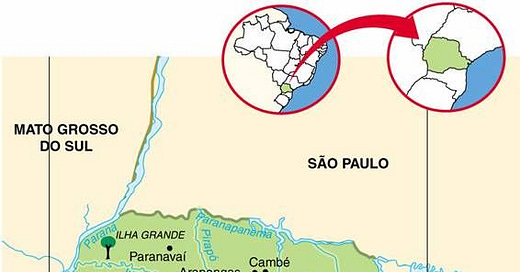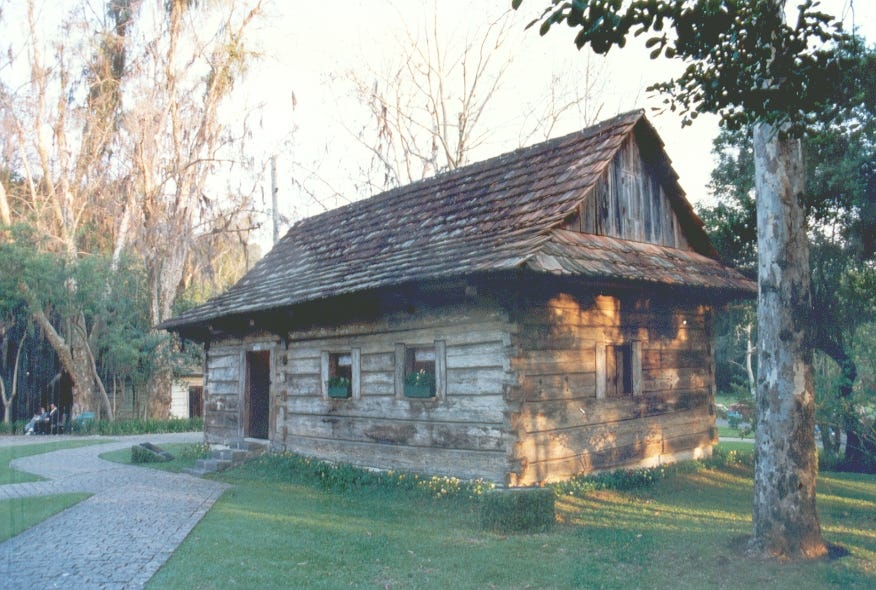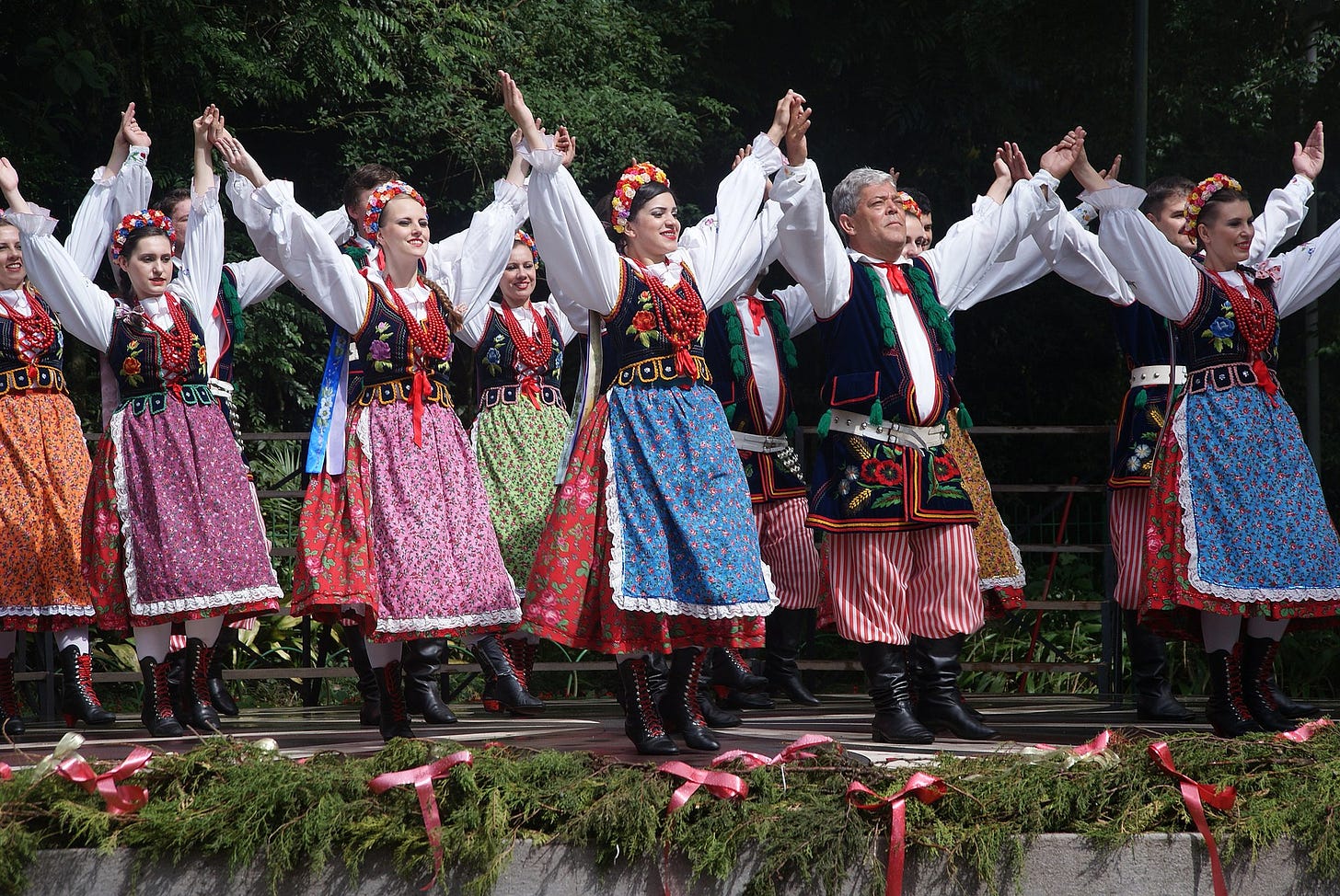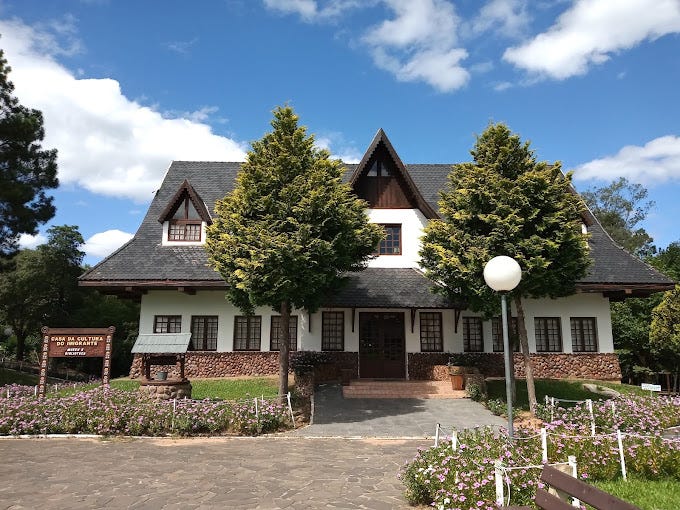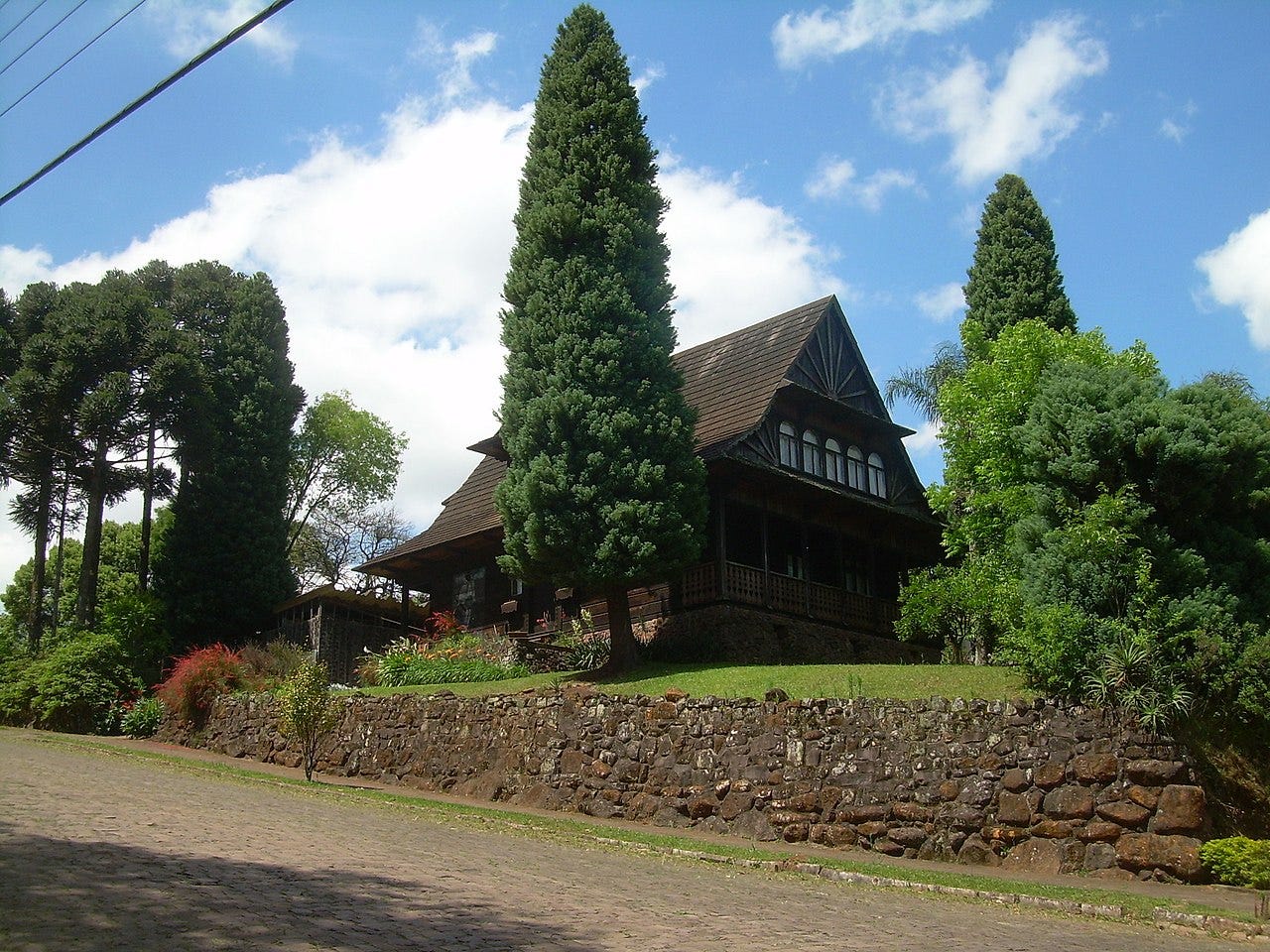Currently, it is estimated that there are between 1.5 and 1.8 million people of Polish descent in the country. This population is the third largest of Polish ancestry in the world, surpassed only by the United States and Germany. Paraná state, with its traditional Polish wooden house architecture and folk customs, symbolizes the Polish influence in Brazil.
The Brazilian government actively encouraged European immigration with the objectives of "whitening" the population, populating sparsely inhabited areas, fostering a middle class tied to food production and domestic market supply, and replacing slave labor. Several European colonists arrived to work in Brazilian plantations in the 1820s, even before slavery was banned. However, poor living and working conditions on the farms led to protests, culminating in the 1847 Ibicaba Revolt.
As a consequence, in 1859, the Prussian government issued the Heydt's Rescript, severely restricting German emigration to Brazil. The decree prohibited advertising and recruitment of emigrants for Brazil. When Germany unified in 1871, the ban extended to other German states and was fully repealed only in 1896.
Following the German ban, Brazil sought new sources of immigrants and began promoting recruitment with the promise of land grants and covering most of the travel and adaptation costs. This led to the start of Polish immigration to Brazil, primarily motivated by the desire to own land, find decent work, and pursue dreams in freedom.
Polish immigrants first arrived in Brazil, specifically in the port of Itajaí, Santa Catarina, in August 1869. Some 78 Poles hailed from Southern Silesia and began to settle in the region of Brusque. While the Polish immigrant numbers were less than the Portuguese or Italians, the Poles had a significant impact on the demographics of Brazil.
The majority of Polish immigrants were Catholics who arrived between 1870-1920, primarily settling in the State of Paraná, especially in the region of Curitiba. They worked as small farmers and others migrated to neighboring states like Rio Grande do Sul, Santa Catarina, and São Paulo. After the 1920s, many Polish Jews immigrated to Brazil seeking refuge from Europe, settling mainly in the State of São Paulo. Today, most Brazilian Jews are of Polish descent.
By 1875, there were about two thousand Poles living in Curitiba, and this number increased to six thousand by 1877 due to effective colonization and immigration strategies. Various colonial agricultural centers were established to encourage settlement and rural development.
The Polish influence is still visible in Paraná today, with many towns having a majority of Polish descendants. Some of the residents continue to speak the Polish language, although most Polish Brazilians speak Portuguese. The city of Curitiba is home to the second largest Polish diaspora in the world (after Chicago), and it retains significant Polish cultural influences, including music, dishes, and traditions.
Numerous social organizations were formed, including educational institutions, civil associations, sports clubs, and press outlets. These organizations, while not all enduring, contributed to the integration of settlers seen as isolated from the "civilized world". Many Polish language newspapers were established in Curitiba, especially between 1892 and 1914.
Dom Feliciano, originating from the Colônia de São Feliciano, is one of the municipalities in Rio Grande do Sul most influenced by Polish culture, with approximately 90% of the population being of Polish descent. In commemoration of the 100 years of Polish immigration to Brazil, the House of Immigrant Culture was built in the city, a building in the style of southern Poland, which houses the Dom Feliciano Municipal Museum which portrays the history of Polish immigrants.


